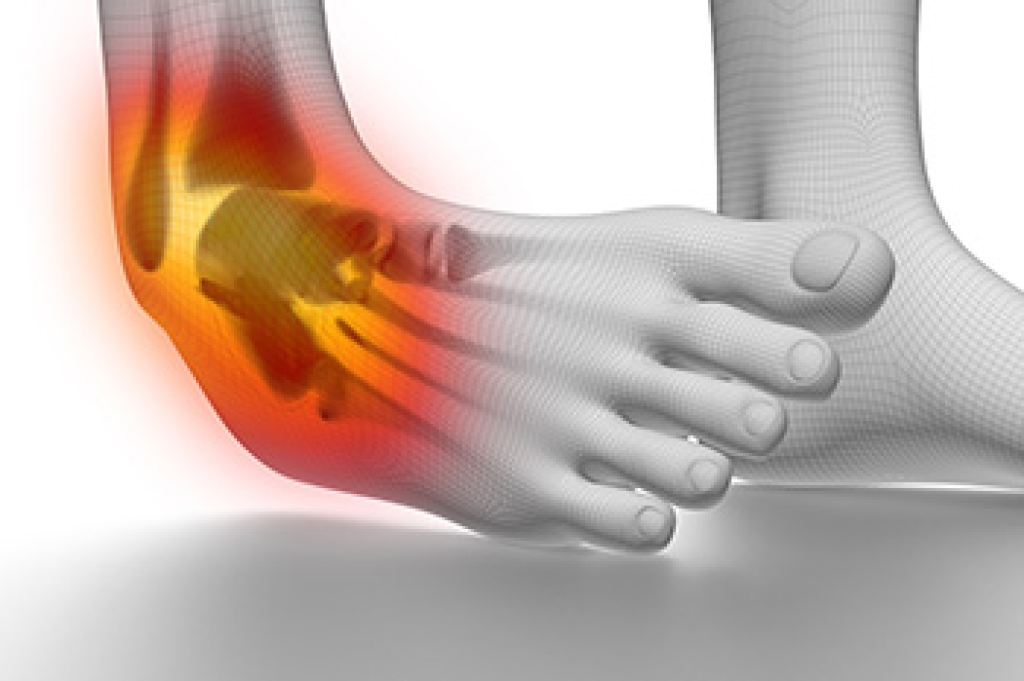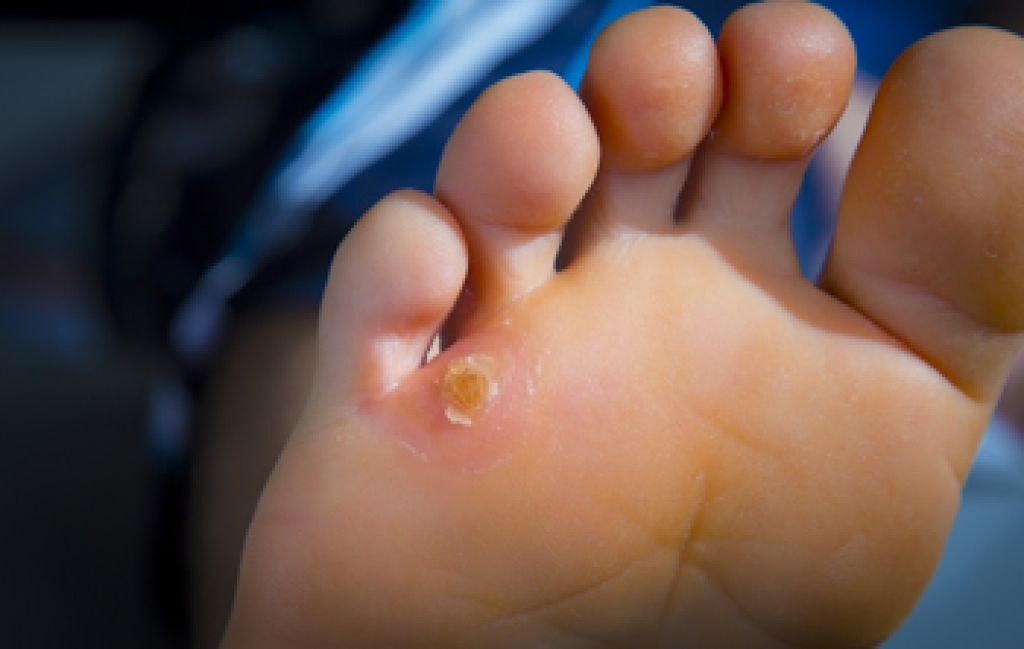
A lateral ankle sprain occurs when the ligaments on the outside of the ankle are stretched or torn after the foot rolls inward unexpectedly. This often happens during sports, quick changes in direction, or simple missteps on uneven ground. The most commonly affected tissue is the ligament at the front of the outer ankle, which is more vulnerable to sudden twisting. Symptoms include swelling, bruising, soreness when touching the outer ankle, and difficulty putting weight on the foot. Some people feel unsteady or notice that the ankle wants to give way. Early care focuses on reducing swelling and protecting the joint while it begins to heal. As pain improves, targeted movement and strengthening help restore stability. A podiatrist can determine the extent of the injury and outline the safest recovery plan. If your ankle remains painful or unstable, it is suggested that you see a podiatrist for relief and treatment solutions.
Although ankle sprains are common, they aren’t always minor injuries. If you need your ankle injury looked at, contact one of our podiatrists from New Tampa Foot & Ankle. Our doctors can provide the care you need to keep you pain-free and on your feet.
How Does an Ankle Sprain Occur?
Ankle sprains are the result of a tear in the ligaments within the ankle. These injuries may happen when you make a rapid shifting movement while your foot is planted. A less common way to sprain your ankle is when your ankle rolls inward while your foot turns outward.
What Are the Symptoms?
- Pain at the sight of the tear
- Bruising/Swelling
- Ankle area is tender to touch
- In severe cases, may hear/feel something tear
- Skin discoloration
Preventing a Sprain
- Wearing appropriate shoes for the occasion
- Stretching before exercises and sports
- Knowing your limits
Treatment of a Sprain
In many cases, the RICE method (Rest, Ice, Compression, and Elevate) is used to treat ankle sprains. However, you should see a podiatrist to see which treatment option would work best with your injury. In severe cases, surgery may be required.
It is important to ask your doctor about rehab options after you receive treatment for your injury. Stretching, strength training, and balance exercises may help the ankle heal while also preventing further injury.
If you have any questions, please feel free to contact our office located in Wesley Chapel, FL . We offer the newest diagnostic and treatment technologies for all your foot care needs.




